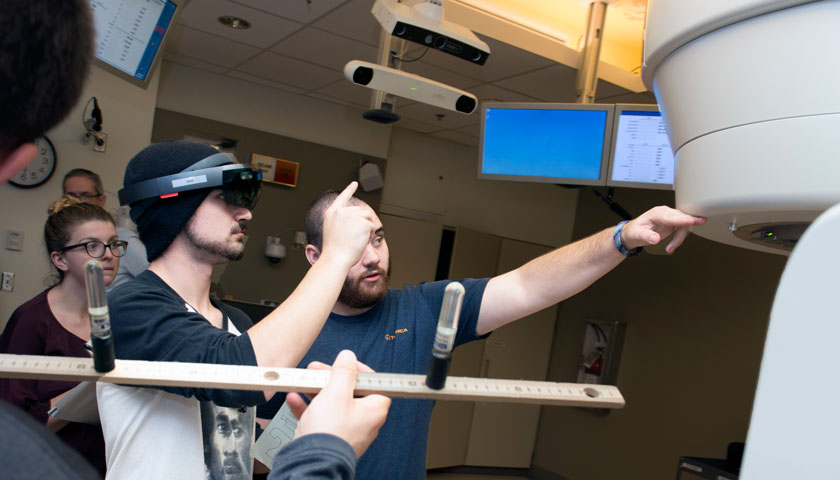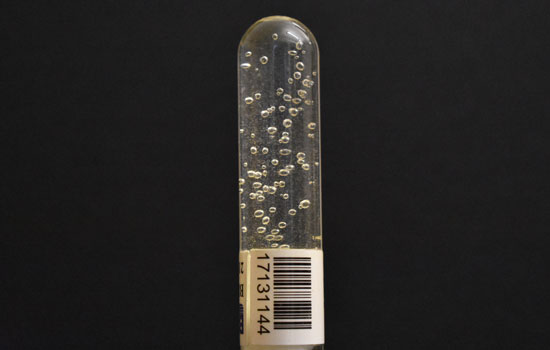Award Helps Fuel Physics Students' Nuclear Experiments
For the second year in a row, Suffolk University physics students have been recognized with the Society of Physics Students’ Chapter Research Award. It’s an honor that comes with a $2,000 prize -- and the students know exactly how to spend it.
Once a month they perform a carefully choreographed series of neutron radiation experiments at Massachusetts General Hospital. Their work has yielded important data about the distribution of neutrons emitted by the linear accelerator used in their tests.
“Having that data adds to the information we have available to provide the safest possible treatments for our patients,” said David Gierga, Medical Physicist at MGH, who oversees the students’ research at the hospital.

This critical work requires sensitive, purpose-built materials -- items like neutron bubble detectors and precious metal foils made of gold, indium, tungsten, cadmium, and dysprosium -- that are expensive and degrade with use.
“When you’re working on nuclear detection, component pieces have a lifespan. With time and use the sensitivity and efficacy decrease,” said Jackson Nolan, Class of 2019.
The Society of Physics Students’ award will help replace these materials when they wear out and keep experiments rolling along as planned.
Physics professor Walter Johnson is proud of his students’ accomplishments, enthusiasm, and teamwork. Recognition from the Society of Physics Students, he said, “helps put [their] research on the map.”
“It’s rare in physics for one person to do anything without a team behind them,” says Erick Bergstrom, Class of 2019, speaking of the tight-knit group.
With several members of the research team graduating in 2019, preparations are being made to help the next students carry on the work.

Contact
Greg Gatlin
Office of Public Affairs
617-573-8428
Andrea Grant
Office of Public Affairs
617-573-8410



